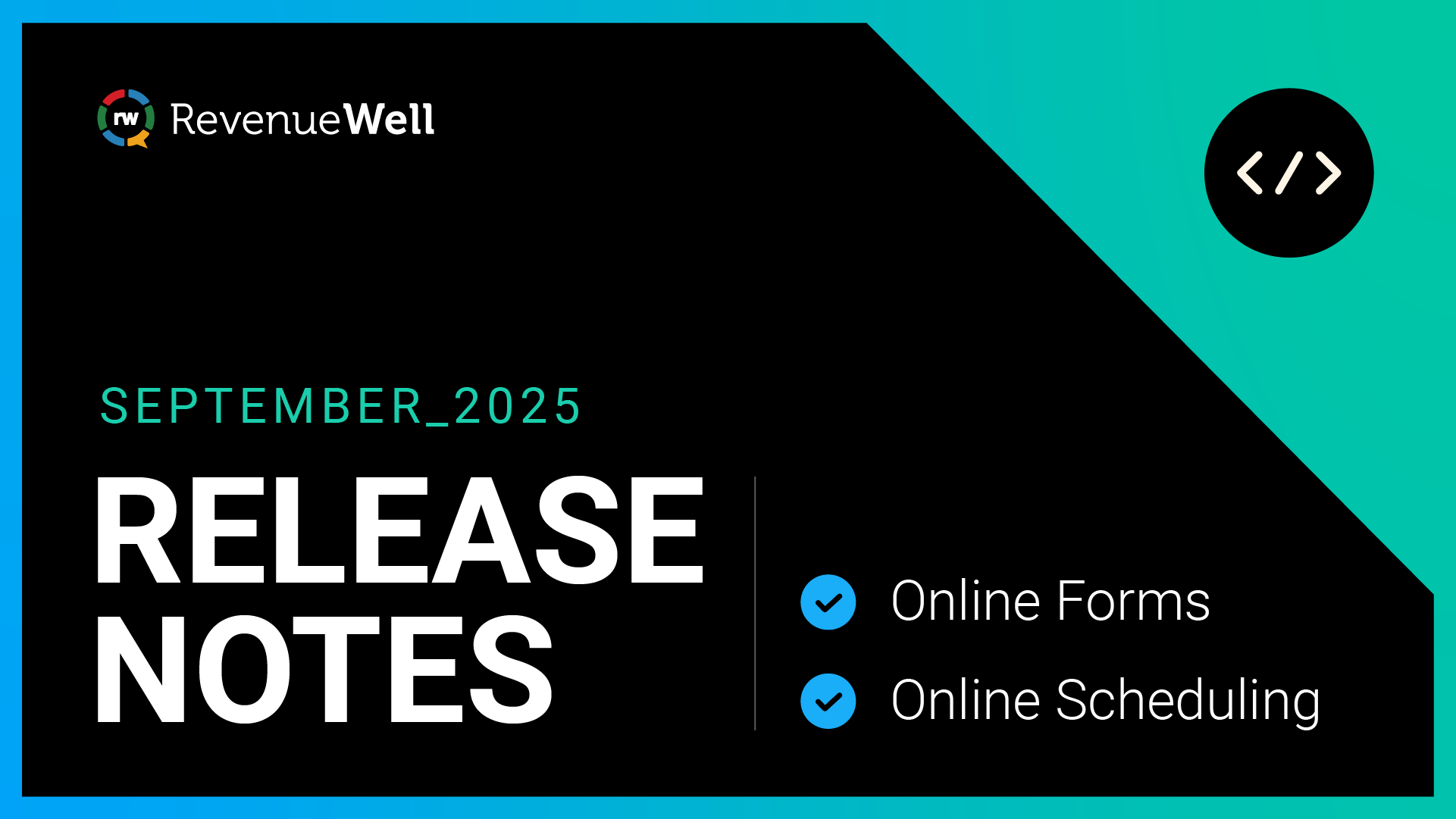How to Get Your Dental Practice on the First Page of Google

There's an old saying that the best place to commit a crime is on the second page of Google. When it comes to your practice's website, if you're not on the first page you're effectively in the dark. In this post, Sarkis Hakopdjanian of The Business Clinic explains how to tighten your dental SEO and move your website to the front page of Google.
Are you wondering how to attract new patients to your dental practice? Have you tried many different dental marketing tactics with mixed results? You’re not alone. Many dentists waste their marketing and advertising budgets using the trial-and-error strategy. Sometimes they get new patients, other times they don’t. It’s time consuming and expensive. So, how did your patients find your practice in the first place? If they're like most people, they begin by using a search engine like Google.
“97% of people use online media, such as Google, when researching products and services in their local area.” - BIA/Kelsey, 2015
When your patients are using Google, they first enter a search query. If your prospective patient is looking for a local dentist, they’ll likely use any of these search queries:
- Dentist near me
- Dentist + City
- City + Dentist
The results that they get in Google vary depending on the keywords that they use. Keywords are the groups of words that trigger Google's algorithm to display your website. When patients see their search results in Google, they almost always click a result on the first page.
“75% of all website clicks on Google are from the first page, and 33% are for the first website listing.” - Advanced Web Ranking, 2019
If your dental practice is not easily found on the first page of Google, your patients will have a hard time in finding your practice. So, how do you get your dental practice on the first page of Google? When your patients type a search query into Google, they see three results:
- Pay per click (PPC) advertising: Google Ads
- Local SEO: Google Maps
- Organic SEO: Google Search
The results that your patients see in each of these three sections are based on completely different factors.
Google and Dental SEO
As we progress through this post, here is what we’ll review:
- What is Google Ads? Google Ads are text, image, or video advertisements displayed by Google in their search engine results page, on websites and apps, as well as in YouTube
- How does Google Ads work? When a person types a search query into Google, the first thing they see are Google Ads, which are triggered based on your chosen keywords, your maximum bid and your Quality Score
- What is local SEO? Local SEO is a set of tactics to increase the position of your website in local search results, such as Google Maps
- How does local SEO work? The primary factor in local SEO is to have a complete and accurate Google My Business profile, a free service that lets you claim and manage your Business Profile that appears in Google Maps
- What is organic SEO? Organic SEO is a set of tactics to increase the position of your website ranking in Google Search results
- How does organic SEO work? When a person performs an online search, Google analyzes all of the websites in their database and presents them in their search engine results page based on SEO factors
Let’s get started!
What is Google Ads (Formerly Google AdWords)?
When your patients type a search query in Google, the first thing they see are paid advertisements through a service called Google Ads (formerly known as Google AdWords).When your patients are browsing a website, they may see paid advertisements throughout the web page delivered by Google Ads. And if your patients are watching a video on YouTube, they will also see paid advertisements delivered by Google Ads. There are three basic types of Google Ads:
- Search Network: usually text-based ads that are displayed at the top of Google’s search engine results page
- Display Network: usually image-based ads that are displayed on websites and apps that are part of Google’s Display Network of over 3 million websites
- Video Campaigns: short videos that are displayed before or during YouTube videos
How Does Google Ads Work?
Google Ads are displayed based on an ad auction. In this, Google decides which ads will appear and in what order. Google decides this based on an “ad rank” of several factors, such as:
- Your bid: the maximum amount you’re willing to pay for a click on your ad
- Quality of ads and landing page: how relevant and useful your ad and the website it links to are to the searcher.
- Ad rank thresholds: the minimum bid necessary for your ad to show in a particular position
- Context of the search: the search terms (i.e. keywords) that a person is using, location, type of device, time of day, and other user signals
- Impact from ad extensions: how extensions (e.g. phone number, links) and other ad formats will impact your ad’s performance
This auction determines which ads are included and where they will rank based on two main factors: your maximum bid and your Quality Score. The Quality Score is Google’s rating of the quality and relevance of your keywords and ads, which are used to determine your cost-per-click. Your Quality Score depends on multiple factors, such as:
- Your click-through-rate (CTR)
- The relevance of each keyword to its ads group
- Landing page quality and relevance
- The relevance of your ad text
- Your historical account performance
A higher Quality Score results in higher rankings for your ads and a lower cost-per-click.
What Is Local SEO?
Local SEO (search engine optimization) is a set of tactics to increase the position of your dental website in local search results, such as in Google Maps. Sometimes your patients type a search query into Google when they’re looking for information, such as: “how to get white teeth. ”Other times, your patients type a search query into Google when they’re looking for a local business or service. This might include a search such as: “dentist near me” or “dentist Chicago.” According to Google, 46% of all searches now have a “local intent”. In other words, people are searching for local businesses or services, which they find displayed in Google Maps.
How Does Local SEO Work?
There are many factors that contribute to local SEO. According to Moz, the biggest factor to move your dental website up in Google Maps is to have a complete and accurate Google My Business profile. Google manages a database of business listings from multiple online and offline sources, and organizes these listings based on address, phone number or geocode. These business listings are displayed in Google Maps when your patients conduct a search with local intent. Google allows you to claim your business listing and to manage your business profile through a service called Google My Business. Your Google My Business account is the online headquarters for managing your local search engine optimization (SEO) strategy, which determines where your website will be placed on Google Maps.
What Is Organic SEO?
Search engine optimization (SEO) is the process of making changes to your dental website and online marketing strategy to increase the position of your website ranking in search engines, like Google.
How Does Organic Dental SEO Work?
When your patients perform an online search, Google analyzes all of the websites in their database. From there, it presents those websites in their search engine results page. Google ranks websites based on two primary factors: relevance and popularity. In other words, Google presents websites that are relevant or useful to your patient’s search query. It then ranks those websites based on their popularity. Google believes that the more popular a website is, the more valuable the information must be.
Google’s mathematical algorithms calculate the relevance and popularity of each website to display in Google Search based on organic SEO factors, such as:
- Link signals: inbound anchor text, linking domain authority, linking domain quantity, quality and authority of inbound links to domain, etc.
- On-page signals: presence of name, address and phone number, keywords used in the headlines, website domain authority, etc.
- Behavioral signals: click-through rate from search results, mobile clicks to call, check-ins, etc.
- Google My Business signals: proximity of address to the point of search, proper category associations, keywords used in the business title, etc.
- Citation signals: consistency in name, address, and phone number in all citations, citation volume, etc.
- Personalization: location of a user’s city or country relative to business, physical address in the city of search, previous search history, etc.
- Review signals: quantity of customer reviews, increase in review velocity, diversity of customer reviews, etc.
- Social signals: Google engagement, Facebook engagement, Instagram engagement, Twitter engagement, etc.
Conclusion
There are many different strategies and tactics to get new patients to your dental practice. One of the most effective approaches is to get your dental website found on the first page of Google. Using a combination of Google Ads, local and organic SEO can help increase the online visibility of your dental practice and help you attract new patients. There are many tools available to help you manage your online marketing, but one of the most comprehensive is RevenueWell’s Marketing Platform. This tool makes it easy to acquire new patients and manage your practice from a single dashboard.
Learn more about how RevenueWell improves case acceptance and creates more close-knit relationships between dentists and their patients.




